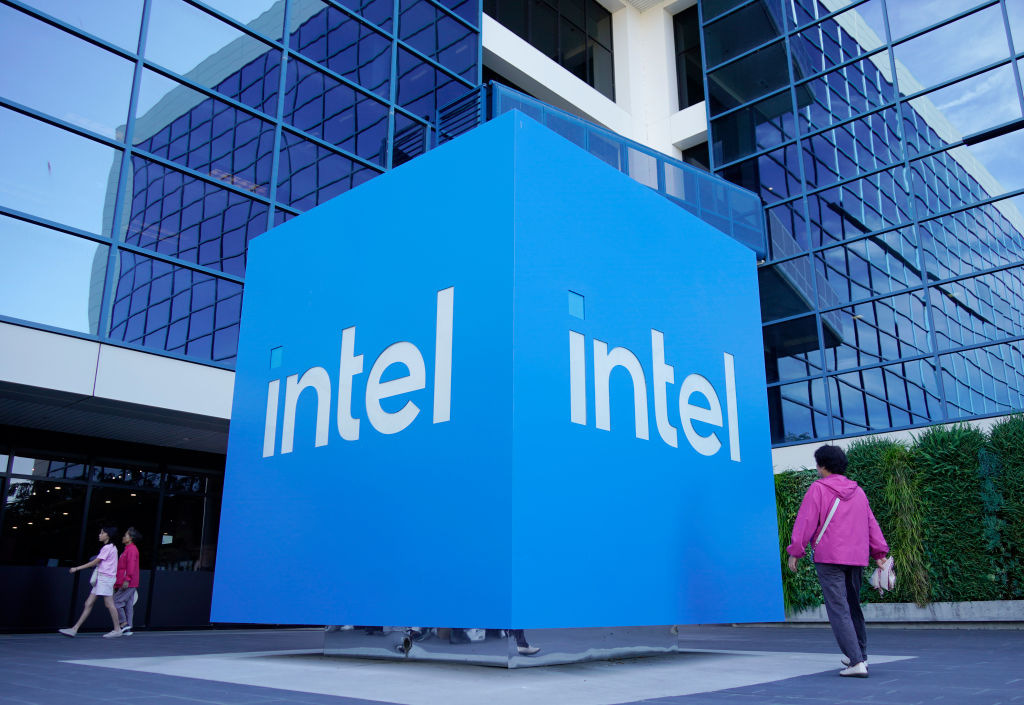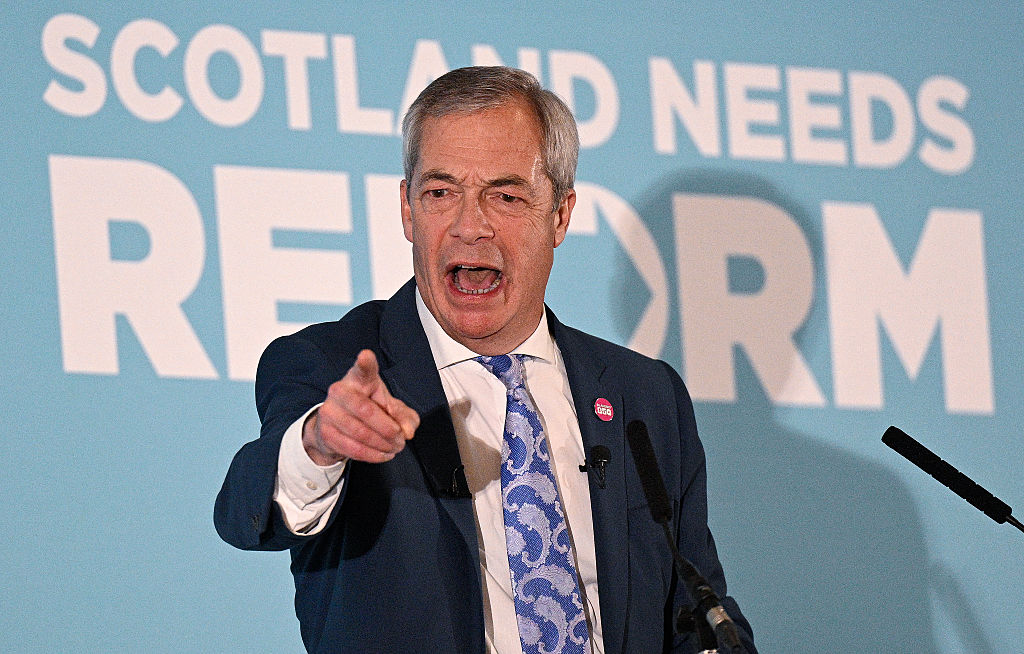Intel stocks slump – can the chipmaker make a comeback?
Semiconductor maker, Intel, missed the boom in the sector thanks to its focus on PCs. Is it too late to catch up with its rivals?


Running chipmaker Intel may have been a “dream job” for CEO Pat Gelsinger when he began his tenure, says Asa Fitch in The Wall Street Journal. But three years on, things look “increasingly nightmarish”. Intel’s stock slumped by 26% to a 15-year low on 2 August, knocking more than $30 billion off the group’s market value.
The collapse came after disappointing results and an outlook notable for unexpectedly low revenue and profit-margin forecasts. Intel also said it would lay off 15,000 employees, target $10 billion in cost cuts next year and suspend dividend payments in the fourth quarter, the first time in more than three decades the company has not made a payout.
The latest earnings are a reminder of just how “woefully” Intel “lags behind the likes of Nvidia and TSMC”, says The Economist. For decades, Intel “dominated global chipmaking”, cornering the market for personal computers (PCs) thanks to the “Wintel” alliance with software giant Microsoft.
MoneyWeek
Subscribe to MoneyWeek today and get your first six magazine issues absolutely FREE

Sign up to Money Morning
Don't miss the latest investment and personal finances news, market analysis, plus money-saving tips with our free twice-daily newsletter
Don't miss the latest investment and personal finances news, market analysis, plus money-saving tips with our free twice-daily newsletter
However, a series of “missteps” caused it to fall behind. Thanks to its focus on PCs, it missed the boom in demand for mobile phone chips. As a result, the company “is miles behind when it comes to designing [artificial intelligence] chips”, and will need to make “big investments” to catch up with the likes of TSMC.
Can Intel make a comeback?
Gelsinger has sought to overhaul Intel’s business model “with a push to become a major foundry player”, says Lex in the Financial Times. It has committed to “tens of billions of dollars to build new factories to make chips for other companies”. However, while these factories are “years away”, the spending spree has “pushed up Intel’s costs and hurt profitability”.
Meanwhile, PC sales are falling, and demand for data centres is falling amid “a shift in spending that prioritises [AI] chips dominated by Nvidia”. What’s more, things are set to get “tougher still” after the US government revoked Intel’s licence to supply chips to China’s Huawei Technologies in May.
Intel’s room for manoeuvre is further constrained by its debt, says AJ Bell’s Russ Mould. The net cash pile peaked at $16 billion in 2004; it has been whittled away and replaced by net borrowings, thanks partly to the billions Gelsinger’s predecessors spent on share buybacks to “goose earnings-per share figures”. If Intel “still had those $63 billion its ability to keep on investing to defend its competitive position would surely be enhanced”.
Given Intel’s financial and operational woes, suspending the dividend is the right idea, especially since AMD, one of Intel’s rivals, doesn’t pay a dividend, says Robert Cyran for Breakingviews. However, slashing investment and firing a large number of employees, while intended to reduce the “short-term pain”, will only “make regaining the technological lead from arch-rival [TSMC] even harder”.
Despite support from the US government, it’s “increasingly hard” to see how Intel will solve its underlying problem: the “force of inexorably falling revenue and margins” looks “inescapable”.
This article was first published in MoneyWeek's magazine. Enjoy exclusive early access to news, opinion and analysis from our team of financial experts with a MoneyWeek subscription.
Get the latest financial news, insights and expert analysis from our award-winning MoneyWeek team, to help you understand what really matters when it comes to your finances.

-
 Football fans issued warning over ticket scams ahead of 2026 World Cup
Football fans issued warning over ticket scams ahead of 2026 World CupSantander customers lost more to football scams in the first six months of 2025 compared to the same period in 2024, when total losses surged due to the Euros
-
 Nationwide fined £44 million over “inadequate” anti-money laundering systems
Nationwide fined £44 million over “inadequate” anti-money laundering systemsFailings in Nationwide’s financial crime processes between October 2016 to July 2021 meant one criminal was able to deposit £26 million from fraudulent Covid furlough payments in just eight days.
-
 Who is Christopher Harborne, crypto billionaire and Reform UK’s new mega-donor?
Who is Christopher Harborne, crypto billionaire and Reform UK’s new mega-donor?Christopher Harborne came into the spotlight when it emerged he had given £9 million to Nigel Farage's Reform UK. How did he make his millions?
-
 The best Christmas gifts for your loved ones
The best Christmas gifts for your loved onesWe round up the best Christmas gifts with a touch of luxury to delight, surprise and amaze family and friends this festive season
-
 Leading European companies offer long-term growth prospects
Leading European companies offer long-term growth prospectsOpinion Alexander Darwall, lead portfolio manager, European Opportunities Trust, picks three European companies where he'd put his money
-
 How to harness the power of dividends
How to harness the power of dividendsDividends went out of style in the pandemic. It’s great to see them back, says Rupert Hargreaves
-
 Why Trustpilot is a stock to watch for exposure to the e-commerce market
Why Trustpilot is a stock to watch for exposure to the e-commerce marketTrustpilot has built a defensible position in one of the most critical areas of the internet: the infrastructure of trust, says Jamie Ward
-
 Tetragon Financial: An exotic investment trust producing stellar returns
Tetragon Financial: An exotic investment trust producing stellar returnsTetragon Financial has performed very well, but it won't appeal to most investors – there are clear reasons for the huge discount, says Rupert Hargreaves
-
 How to capitalise on the pessimism around Britain's stock market
How to capitalise on the pessimism around Britain's stock marketOpinion There was little in the Budget to prop up Britain's stock market, but opportunities are hiding in plain sight. Investors should take advantage while they can
-
 London claims victory in the Brexit wars
London claims victory in the Brexit warsOpinion JPMorgan Chase's decision to build a new headquarters in London is a huge vote of confidence and a sign that the City will remain Europe's key financial hub